Discover Parks & Wildlife contains affiliate links and is a member of the Amazon Services LLC Associates Program. If you make a purchase using one of the Amazon links (or other affiliate links), we may receive compensation at no extra cost to you. See our disclosure policy for more information.
12 Dangerous Animals You Won’t Believe Roam the Grand Canyon
Exploring the Grand Canyon is all thrills and breathtaking views until you remember it’s not just you out there. It’s also home to some wild, and I mean WILD, residents. Yes, I’m talking about the animals you don’t want to cross paths with.
This isn’t just a peaceful stroll where everything’s cute and cuddly. No, my friend, there are creatures lurking in the shadows (and under rocks) that can turn a scenic hike into a story worth telling… if you make it back to tell it, that is.
Some bite, some sting, and some will leave you questioning why you decided to venture so far from snack bars and parking lots. But don’t worry, we’ll break down who you need to watch out for. Just know this, you’re not the only one who thinks the Grand Canyon is a marvelous place to hang out.
Rock Squirrel – the MOST DANGEROUS!

Rock squirrels might look like they’ve walked straight out of a Pixar movie, but don’t be fooled by their cute, innocent little faces. Lurking behind those beady eyes is pure mischief. These pint-sized troublemakers earn the crown of “most dangerous animal” in the Grand Canyon.
Why, you ask? Well, let’s just say they’ve figured out that tourists are walking snack dispensers. People feeding them have turned them into aggressive little food bandits, ready to nip at any unsuspecting hand offering up a treat.
So, while you’re admiring the dramatic landscapes, keep an eye on your trail mix. These furry fiends are known to spring a sneak attack. Bites are common, and trust us, you don’t want your Grand Canyon adventure ending with a rabies shot. Keep your food to yourself, and don’t let these guys crawl into your lap, no matter how much they are begging for a cuddle.
Tarantula Hawk (Wasp)
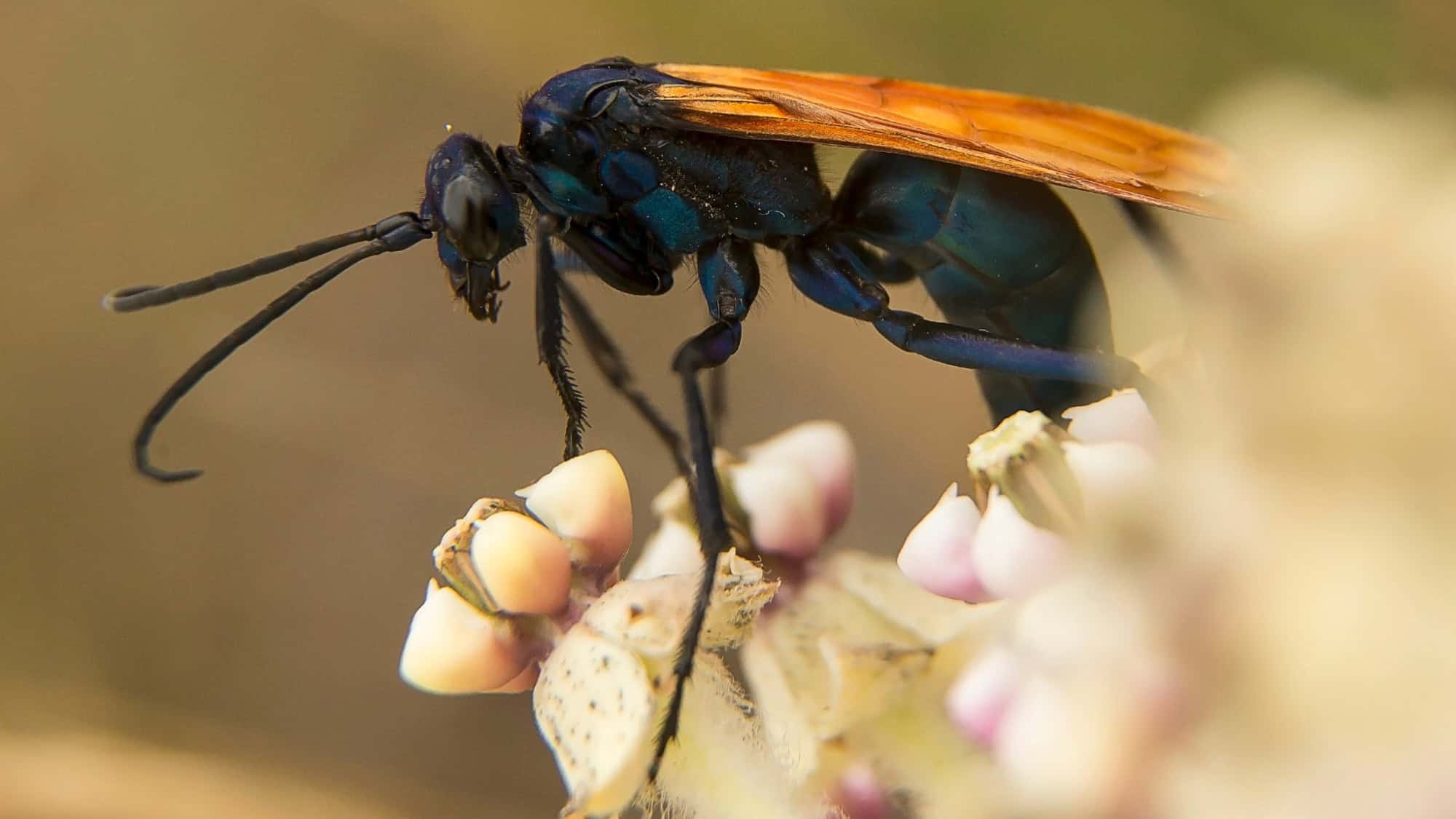
Ever heard of a wasp that hunts tarantulas for fun? Yep, that’s the tarantula hawk for you. These fearless flyers pack a sting that is among the most painful insect stings in the world. How painful, you ask? Put it this way, it’s been described as a bolt from the underworld.
Here’s a fact you may not know: after paralyzing its eight-legged prey, the tarantula hawk drags it to a burrow and lays an egg on it. When the egg hatches, the larva feasts on the still-living, immobile spider. Nature, you’re delightfully brutal.
Black Bear
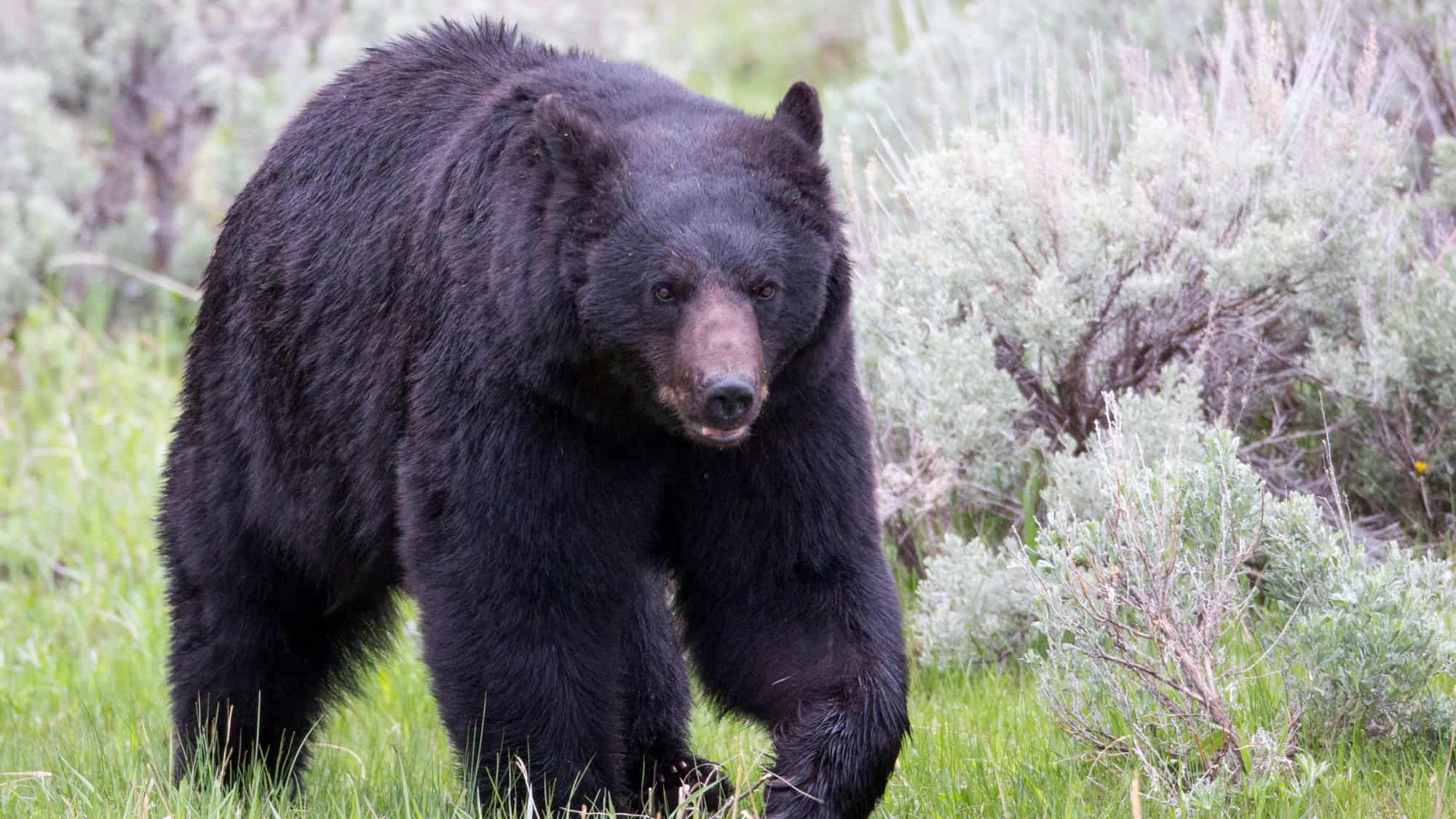
Ever wondered what it’s like to encounter a black bear in the Grand Canyon? Spoiler alert: it’s not the teddy bear hug you might be envisioning. Black bears can weigh up to 600 pounds and are surprisingly agile for their size.
They’re the ultimate parkour athletes of the wild, scaling trees and foraging like pros. And while they prefer to avoid you, leaving your picnic out is like sending them a dinner invitation. They can smell food from over a mile away, so follow all guidelines and keep food under lock and key.
Bark Scorpion
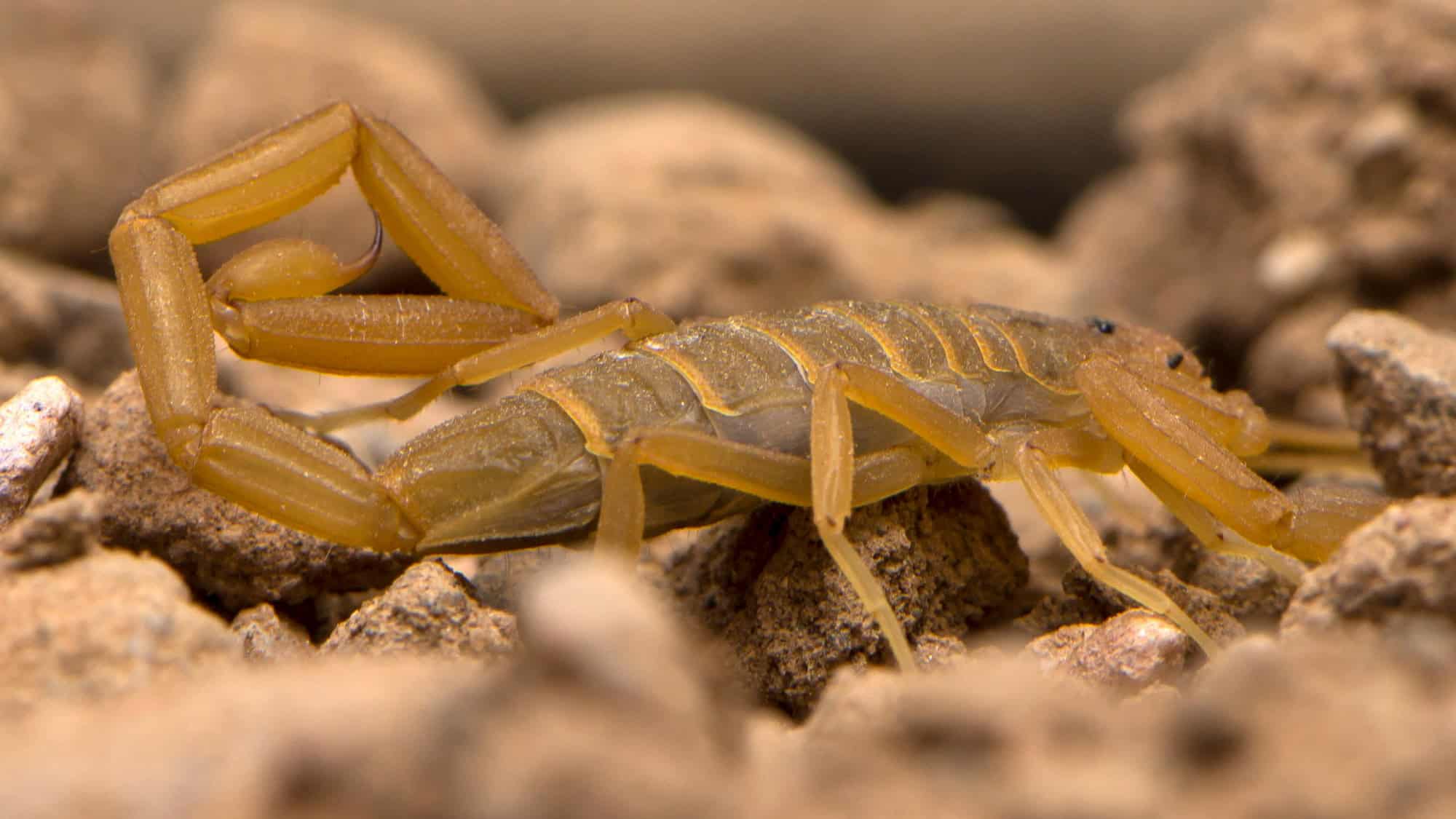
Scorpions may not win any beauty contests, but boy, do they make up for it in the scare factor department. The bark scorpion is the Grand Canyon’s eight-legged nightmare. These tiny terrors, measuring a mere three inches, pack a venomous sting that can leave you writhing in agony.
Feeling invincible with your hiking boots on? Think again. These little critters have a knack for hiding in shoes and crevices, just waiting to deliver a painful surprise. They’re nocturnal, so if you are out after dark, consider bringing a blacklight (they glow in the dark).
Javelina
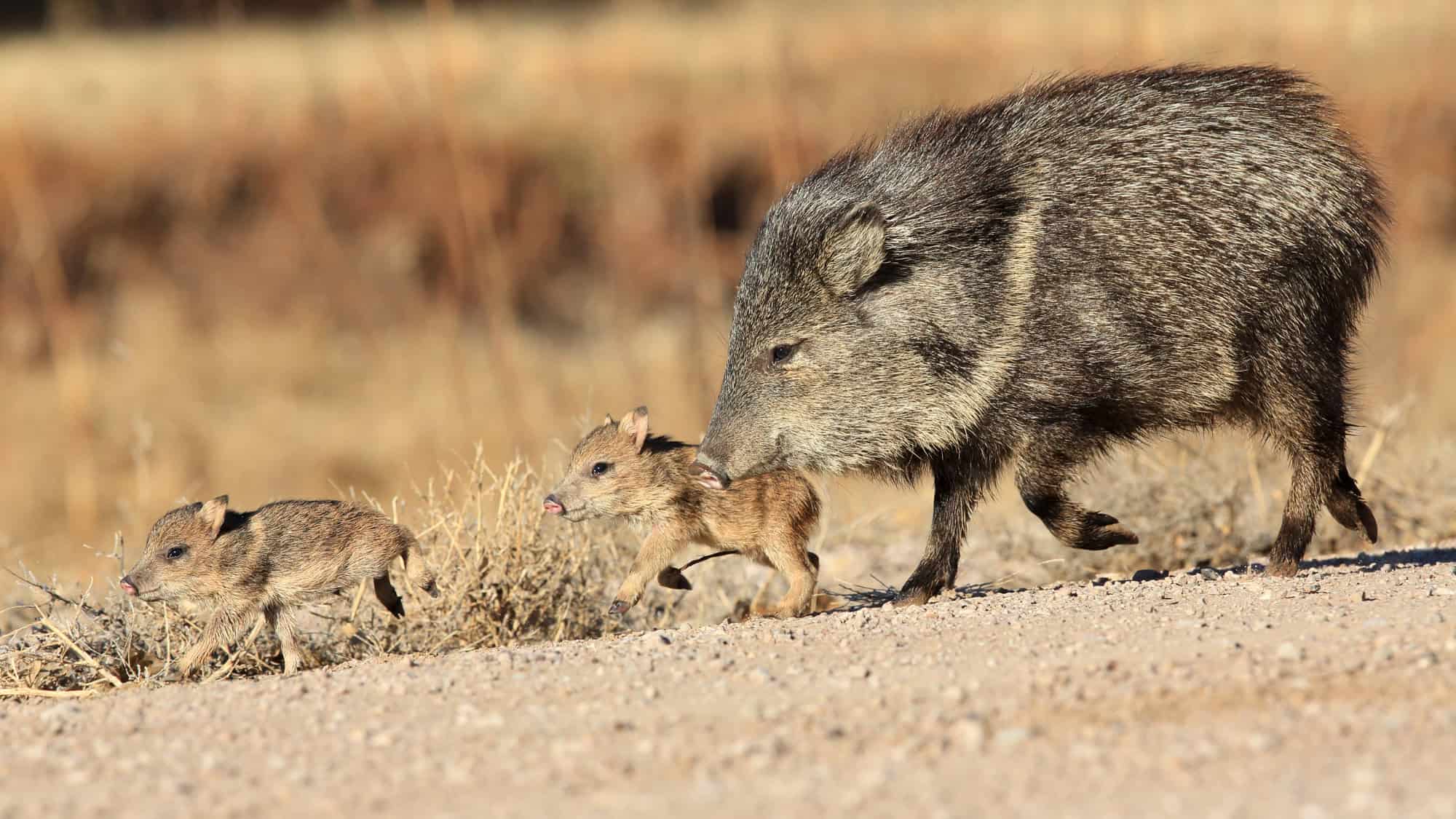
People often underestimate the sheer stubbornness and spunk of javelinas. These wild relatives of pigs roam the Grand Canyon like they own the place, usually in herds of up to 50. Now, before you think about adding one to your pet list, let’s clear one thing up: they have tusks. And these gnarly teeth are sharp and used for self-defense.
Encountering a javelina can quickly spiral from a “look at that” moment into a “run for your life” sprint. They might look like porkers on vacation, but trust us, those tusks aren’t just for show.
Elk
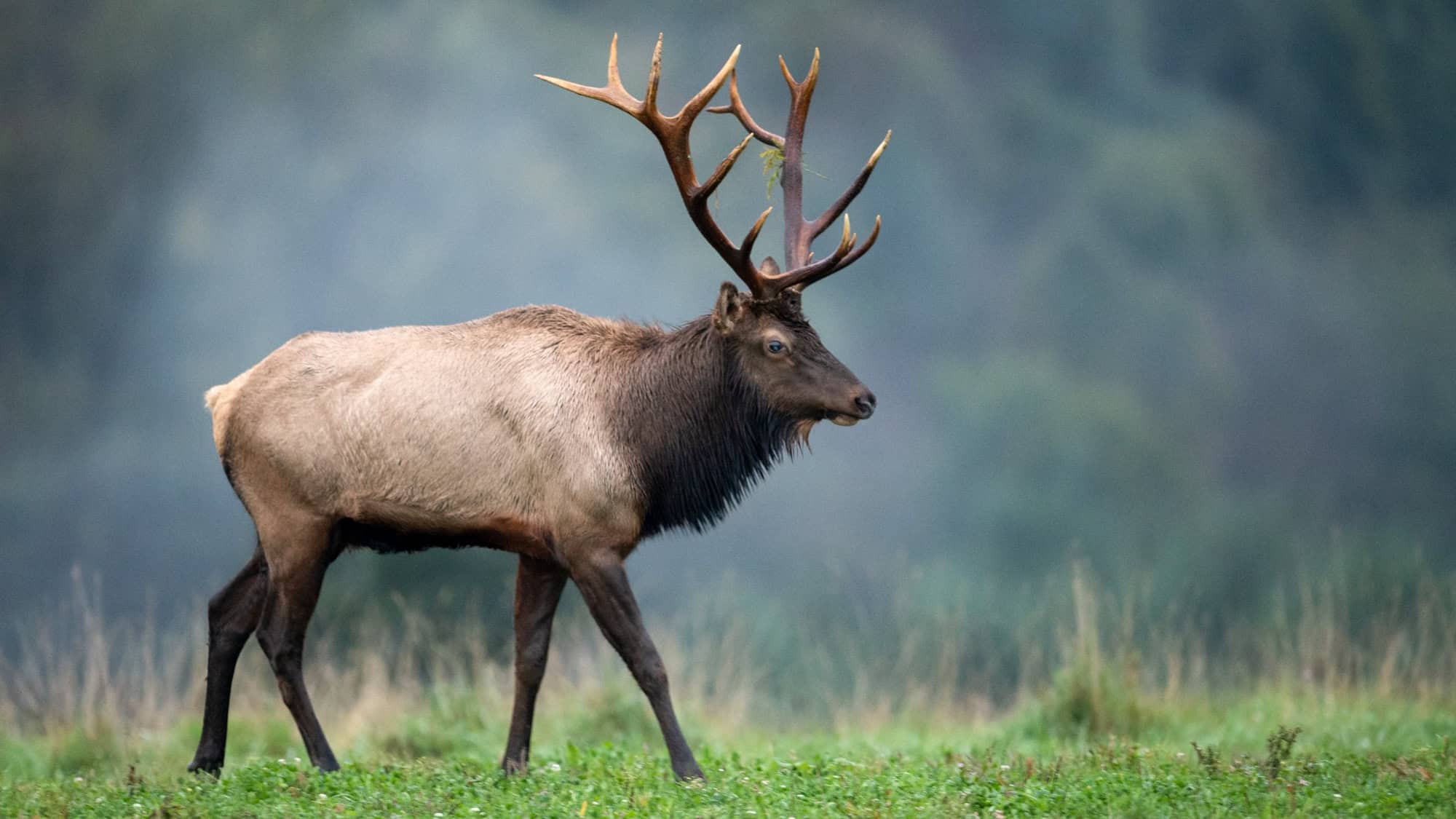
Elk in the Grand Canyon are like the oversized models of the deer world. Weighing in at up to a whopping 700 pounds, these majestic animals can often be seen strutting around. But don’t be deceived by their regal appearance; elk can become aggressive if they feel threatened, especially the males during mating season.
Fun fact: male elk, aka bulls, have antlers that can grow up to four feet long, making your selfie stick look pretty pathetic in comparison. So, keep your distance and admire these antlered giants from afar.
Mountain Lion

Let’s talk about mountain lions, the ultimate hide-and-seek champions in the Grand Canyon. Just when you think you’re alone, these stealthy felines might be watching you from behind a rock or a bush. Mountain lions, or cougars as some folks call them, can leap up to 15 feet high and 40 feet in a single bound… talk about impressive leg day results.
They’re mostly solitary creatures, and while they’d rather avoid you, it’s wise to keep your distance if you spot one. Just remember, next time you’re hitting the trails in the park, you’re likely inching into a big cat’s territory.
Bison
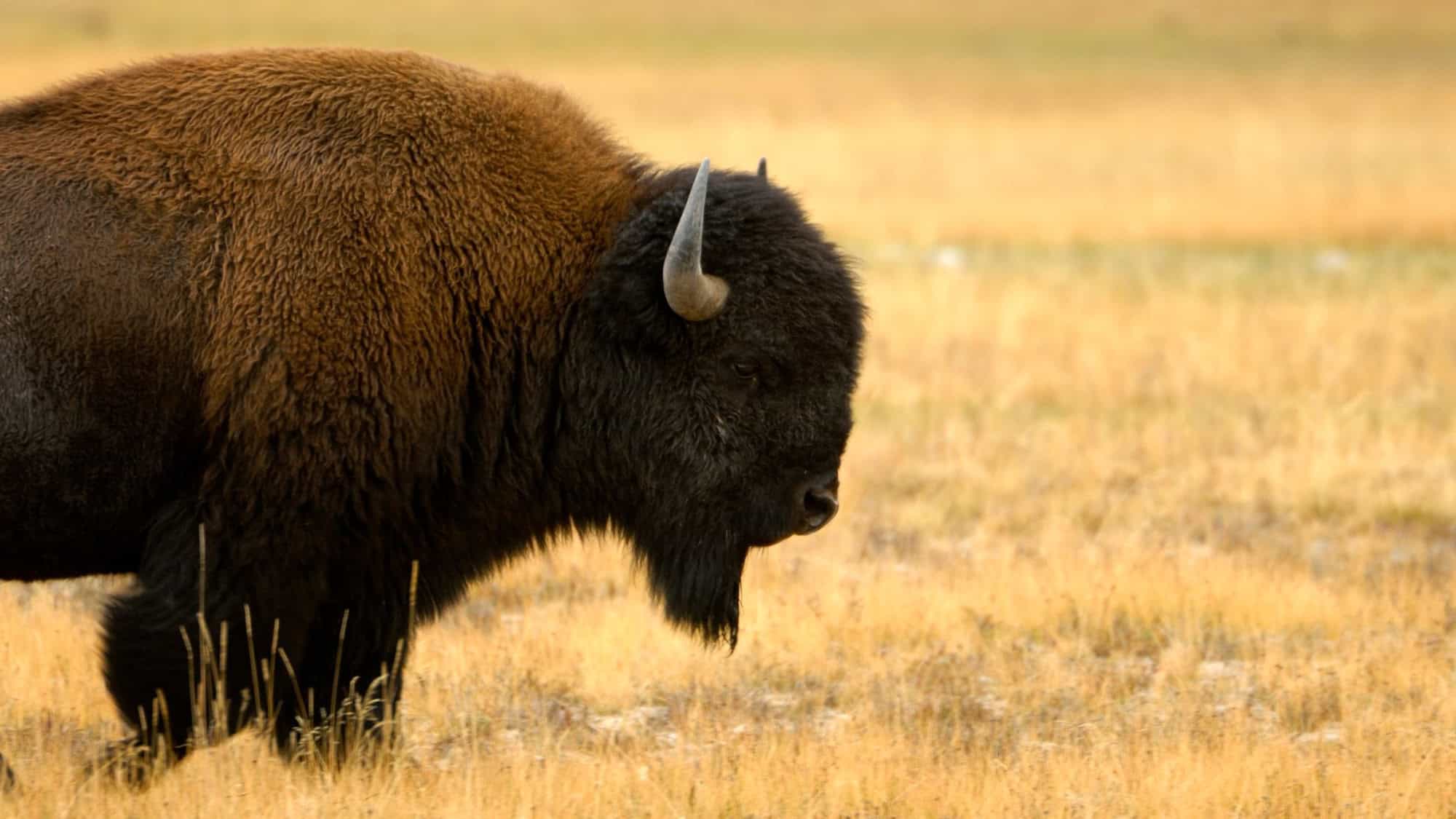
Feeling brave enough to encounter a bison? These colossal beasts can weigh over a ton and are essentially furry bulldozers with horns. Found more commonly in the North Rim area, bison are not the cuddly giants you see in cartoons. They can be quite dangerous when agitated. And they can run up to 35 miles per hour (that’s faster than Usain Bolt).
Did you know that the Grand Canyon’s bison herd descended from a failed breeding experiment between bison and cattle in the early 1900s? So next time you see one at the Grand Canyon, remember you’re staring at a living piece of history with a quirky family tree.
Coyote

Here’s how coyotes like to roll: cunningly and often in packs. These clever canines are omnivorous opportunists, munching on anything from small mammals to berries and even your leftovers if you’re not careful. And they can reach speeds of up to 40 miles per hour (and you thought the bison were quick).
They’re also expert communicators, using a range of yips, howls, and barks to chat with their buddies. If you hear a chorus of eerie howls echoing through the Canyon while you are stargazing, it’s probably not ghosts but just our furry friends having a midnight jam session.
Rattlesnake

Speaking of spine-chilling encounters, let’s move on to rattlesnakes. These slithering serpents are the Canyon’s hiss-terical pranksters. They love the element of surprise, rattling away to make sure you’re wide-eyed and jumping out of your hiking boots.
Rattlesnakes have heat-sensing pits, allowing them to detect the body heat of their prey. So yes, they know you’re there even if you think you’re sneaky. Just respect their space and keep your distance unless you fancy a rush to the ER for antivenom. It’s definitely a day-ruiner you don’t need.
Gila Monster
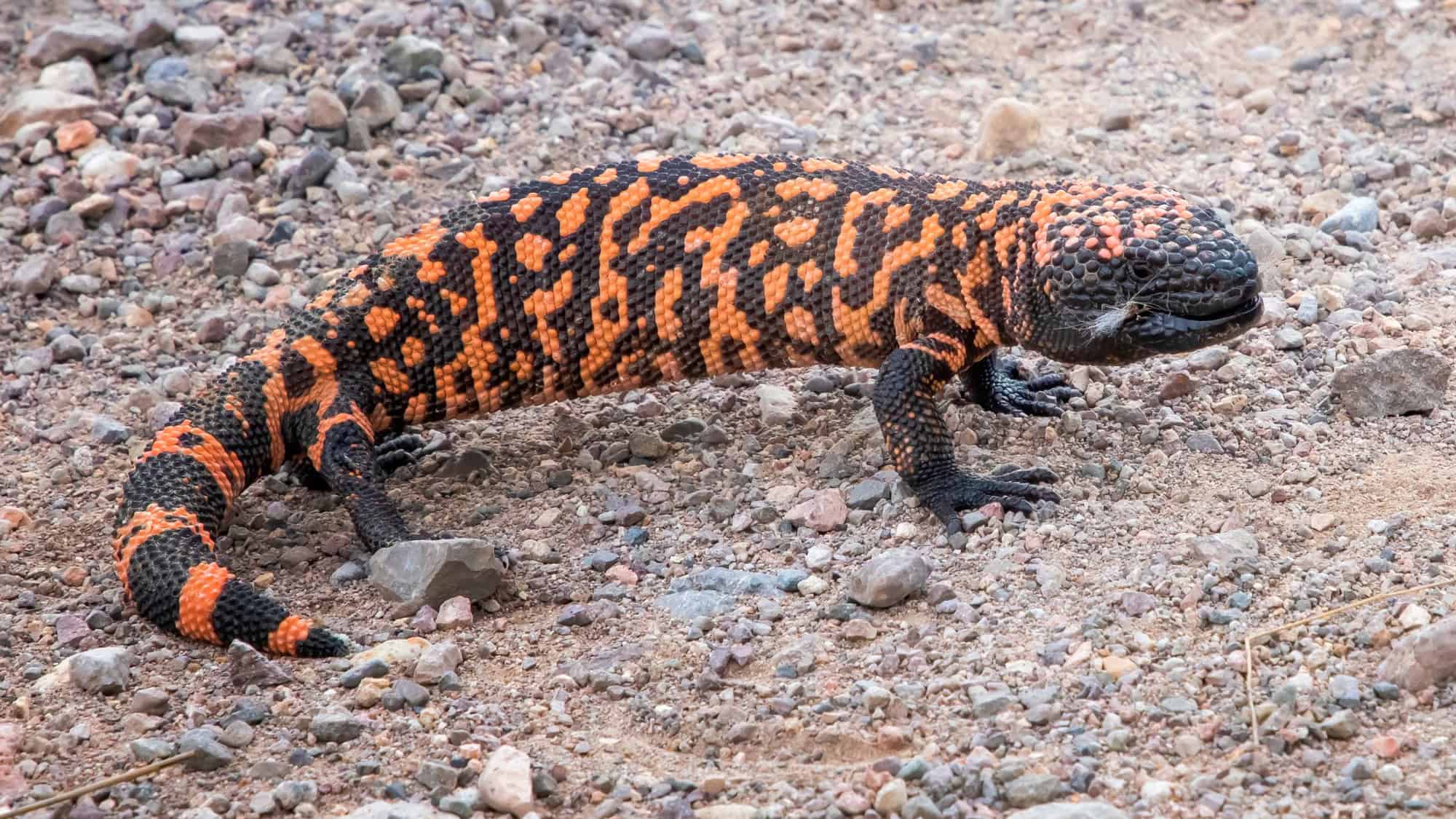
Lurking among the Grand Canyon’s rocky outcrops, Gila monsters bring a splash of color and a touch of terror. These chunky lizards, donned in vivid black and orange scales, might seem like they’re auditioning for a superhero movie. But don’t be fooled by their slowpoke demeanor; their bite delivers venom that can make even the bravest hiker wince.
Gila monsters are one of the only venomous lizards in North America. So, if you happen to spot one on your adventure, give it the respect it deserves… and a wide berth while you’re at it.
Black Widow Spider

Ever wonder what Spider-Man’s tiny, venomous cousin looks like? Enter the black widow spider, the Grand Canyon’s goth girl with an hourglass figure. Sporting a shiny black exterior with a distinct red mark on their abdomen, these spiders are all about the drama.
Their venomous bite can cause muscle pain, cramps, and, if you’re lucky, a trip to the hospital. And their name is oh so fitting. Why? Because the females are known to snack on their mates post-courting.
Bonus: Mosquito
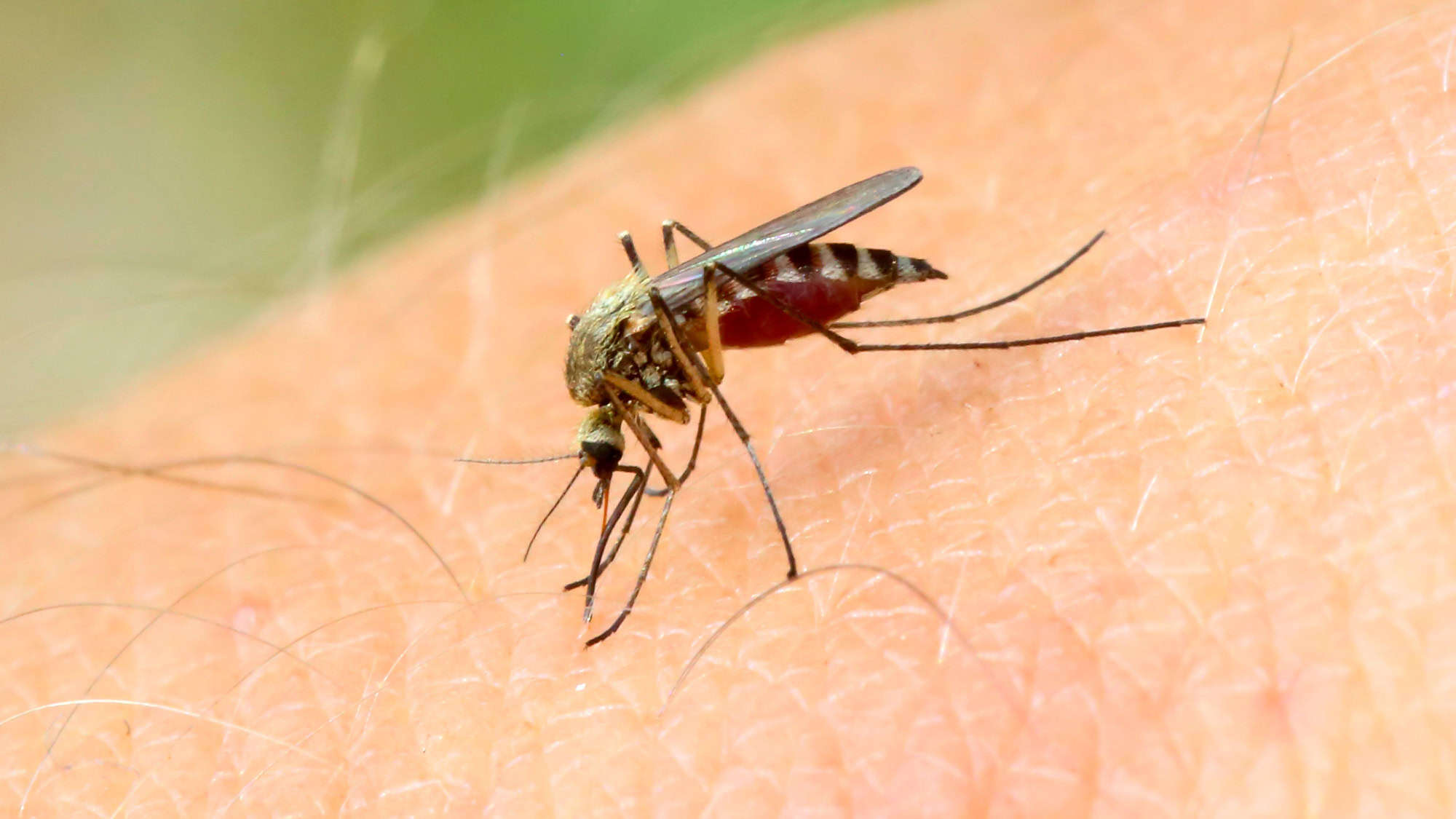
Mosquitoes, those pesky little vampires of the insect world, are the ultimate party crashers in the Grand Canyon and not a dangerous animal that we would ever consider initially. Did you know that only female mosquitoes bite humans because they need the protein for their eggs? Talk about a dinner party with purpose.
And not only do they leave you itching like there’s no tomorrow, but they also have the nerve to buzz around your ears just as you’re about to fall asleep. But if the wrong one bites you, it can leave a lovely parting gift, including West Nile Virus, Zika Virus, and various forms of encephalitis. So when you’re out there trying to enjoy the stunning sunset, make sure you’ve got some insect repellent handy – unless, of course, you fancy becoming a mosquito buffet.
Spotting The Animals – South Rim Village Area
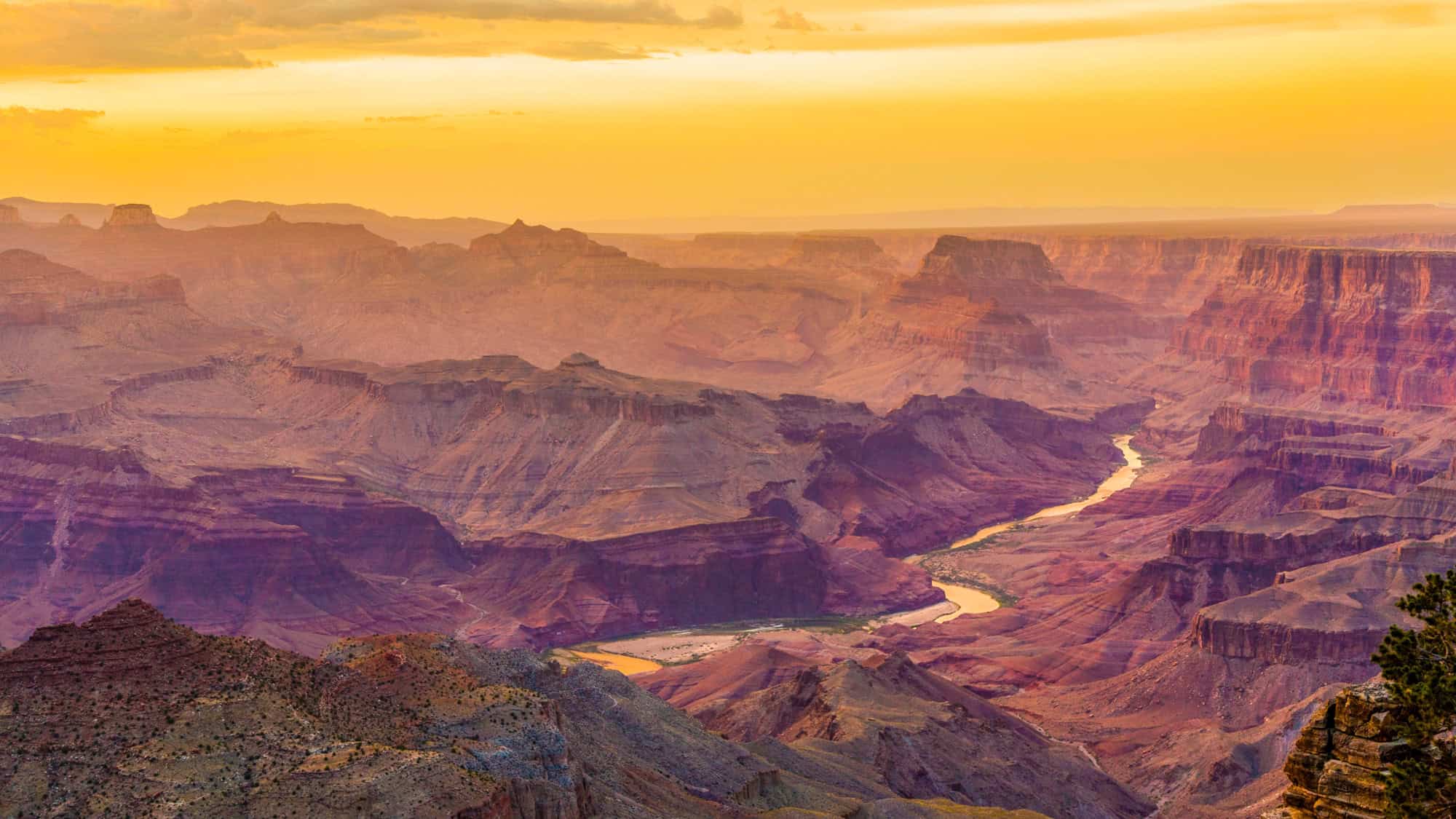
While you might expect the South Rim Village area to be bustling with tourists, it’s also a hotspot for catching sight of some incredible wildlife. Expect to encounter mule deer casually strutting around, probably judging your snack choices. Elk are another staple, massive and majestic, as they roam the area.
And don’t be surprised if you spot a curious bobcat slinking through the shadows, living out its stealthy feline dreams. Plus, bird watchers, get ready for a show. The South Rim is home to a variety of raptors, including the iconic California condor with its impressive wingspan. Just hope it’s not eyeing you as the next meal.
Spotting The Animals – North Rim Meadows
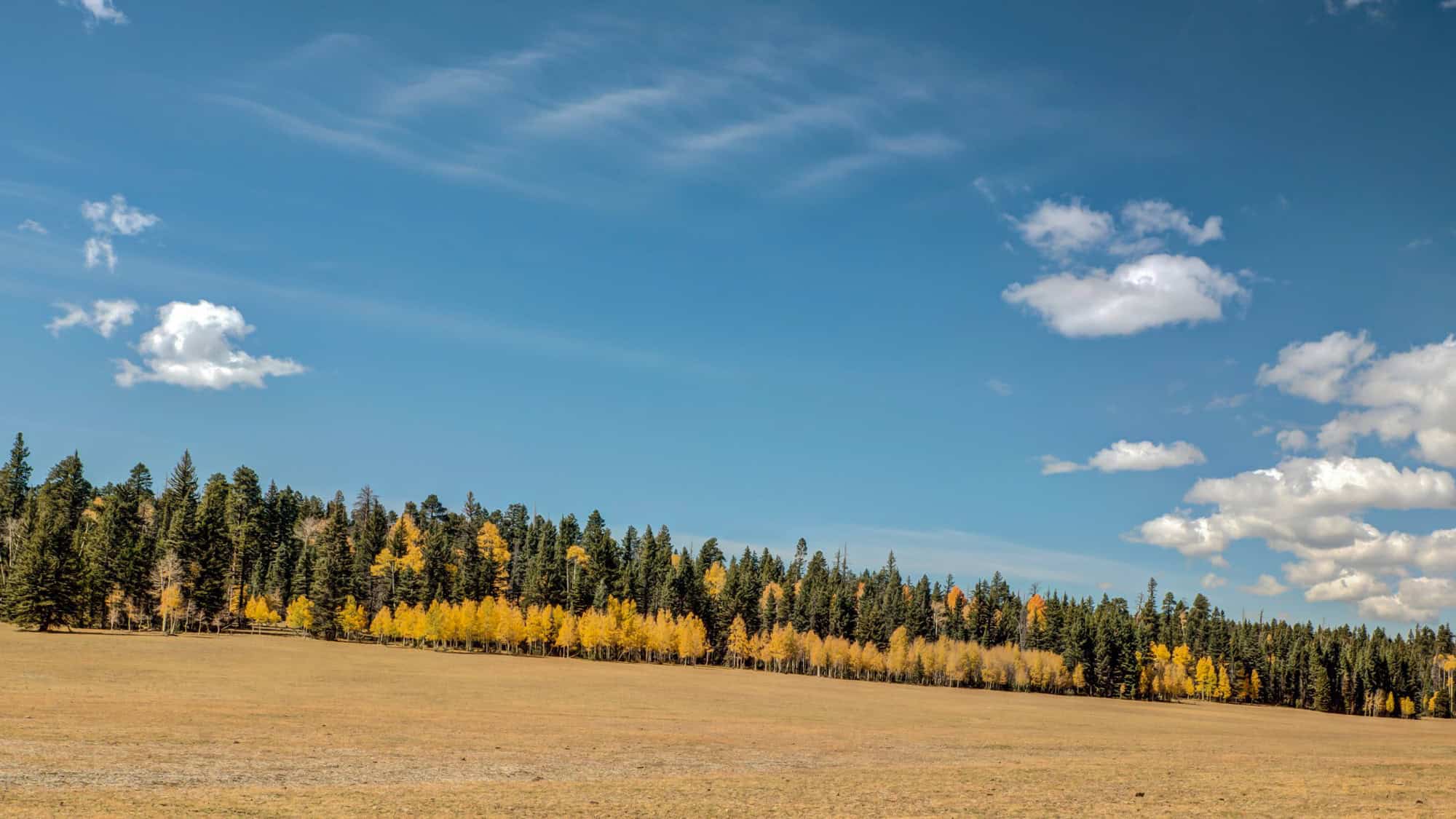
Ambling through the North Rim Meadows, you’ll find fewer humans and more of everything else. Besides the serenity, this area serves as a sanctuary for larger mammals like bison. These giants can often be spotted grazing peacefully, seemingly unaware of their colossal size.
But don’t let their calm demeanor fool you; they can and will charge you if bothered (we’ve all seen the clueless tourists approaching them in Yellowstone). Bird enthusiasts can also catch a glimpse of the flitting songbirds that frequent this lush area, making it a delightful symphony of sights and sounds, minus the relentless crowds you find at the South Rim.
Spotting The Animals – Bright Angel Trail
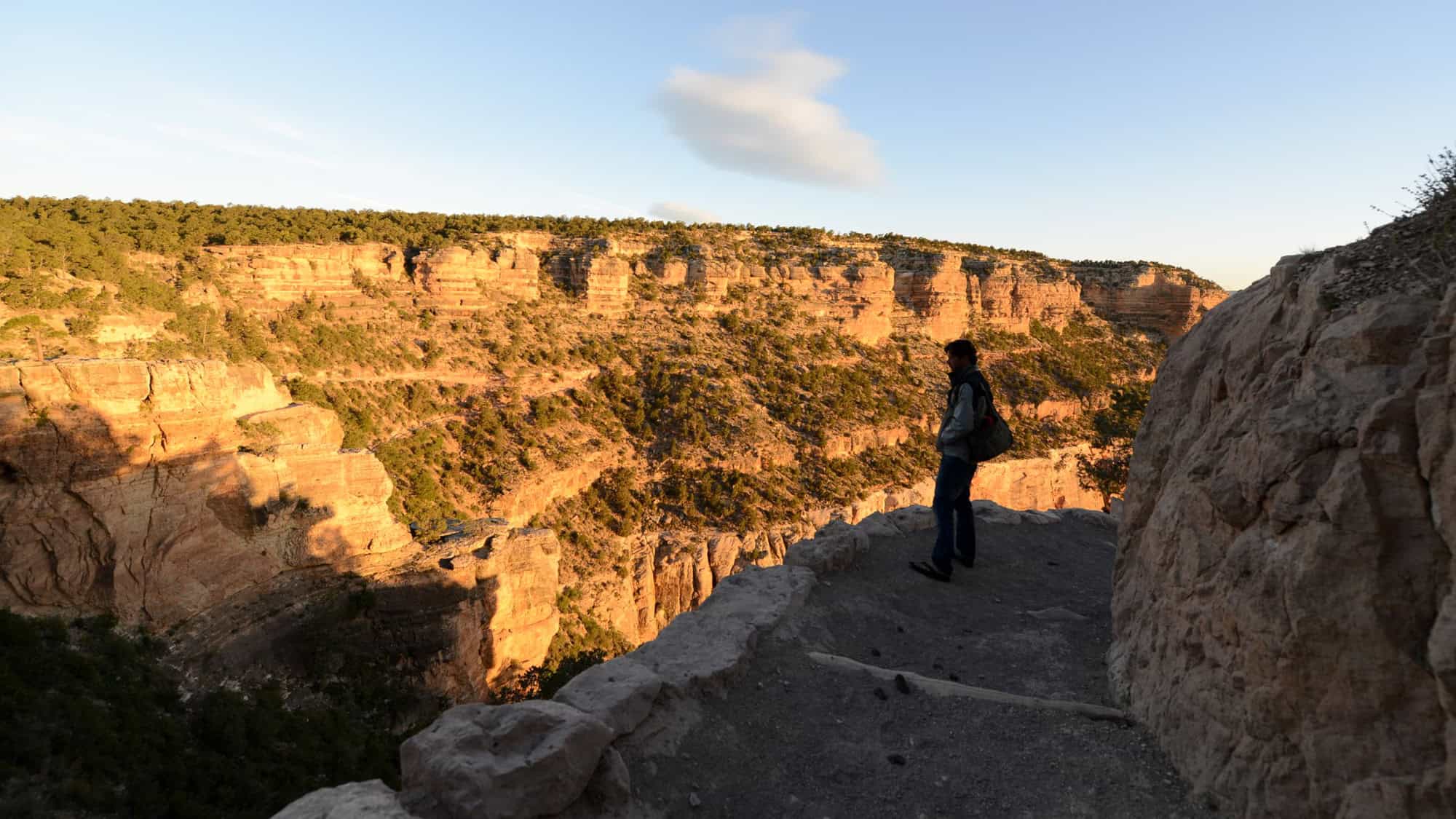
Venturing onto the Bright Angel Trail is akin to stepping into a nature documentary where you’re both the star and the audience. Keep an eye out for bighorn sheep; these cliff-hopping hoofed wonders are the trail’s very own acrobats. Did you know that their eyesight is so sharp that they can spot movement up to a mile away? It’s clear they’ll see you before you see them.
And let’s not forget the dangerous rock squirrels who are ever eager to steal your trail mix while offering unqualified judgments on your snacking habits. It’s the wilderness experience, complete with uninvited menu critiques.
Like Our Content? Follow Us on MSN (or click the Follow Button above) for more from Discover Parks & Wildlife.
13 Scariest Underwater Monsters You Could Encounter And Why They’re the Stuff of Nightmares

Think land predators are terrifying? Wait till you see what’s plotting below the waves. Dive in if you dare!
15 Animal Species That Have Adapted Well To Human Encroachment

If you think the animal kingdom couldn’t surprise you more, wait until you meet the crafty critters thriving in our concrete jungles. They’ve got survival skills that would put spies to shame!
15 Dangerous Rainforest Animals That Command Respect
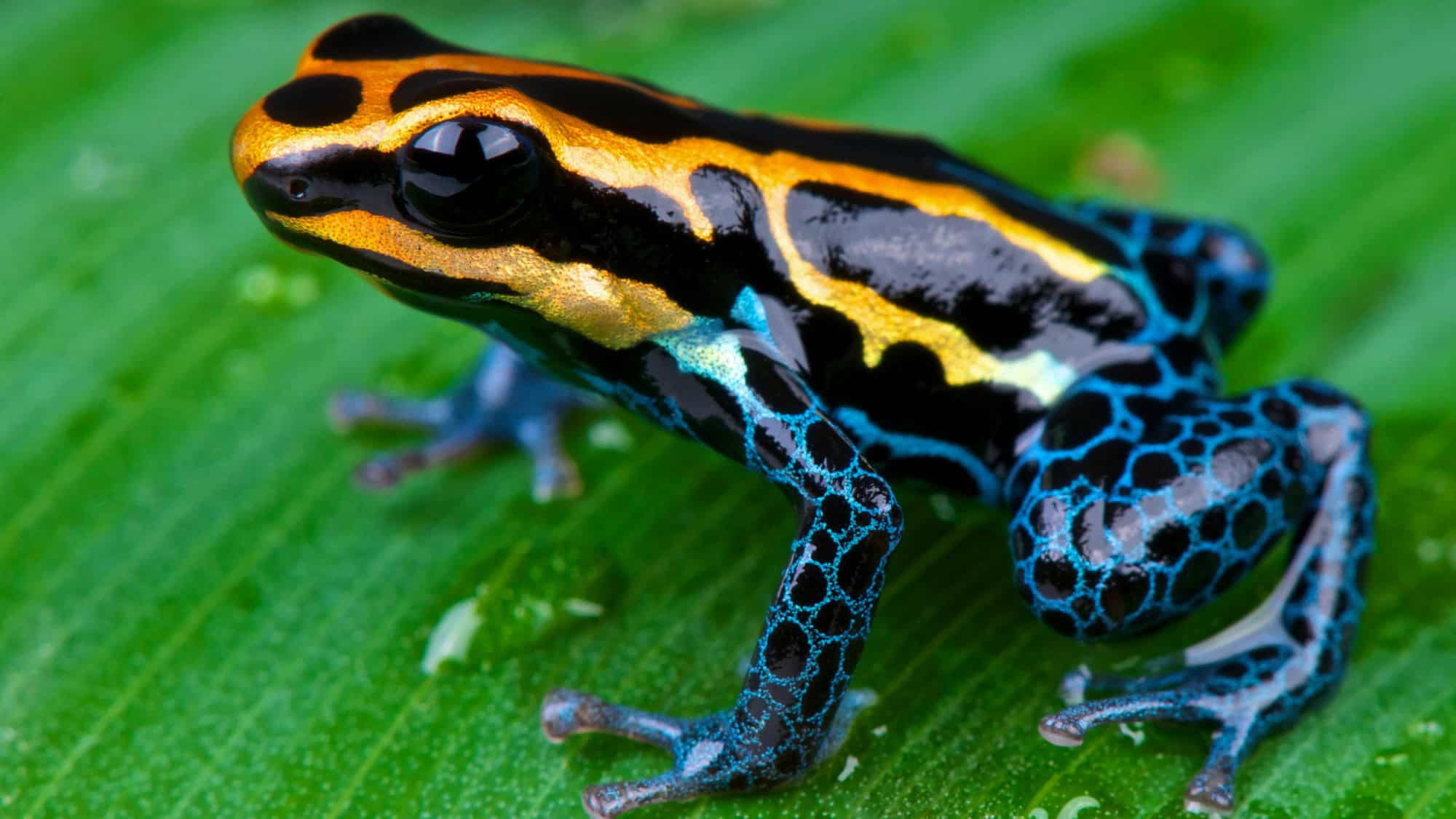
Curious about the kind of animals that laugh in the face of danger? You’re in for a wild ride with rainforests’ most respect-demanding residents. Don’t say I didn’t warn you.






